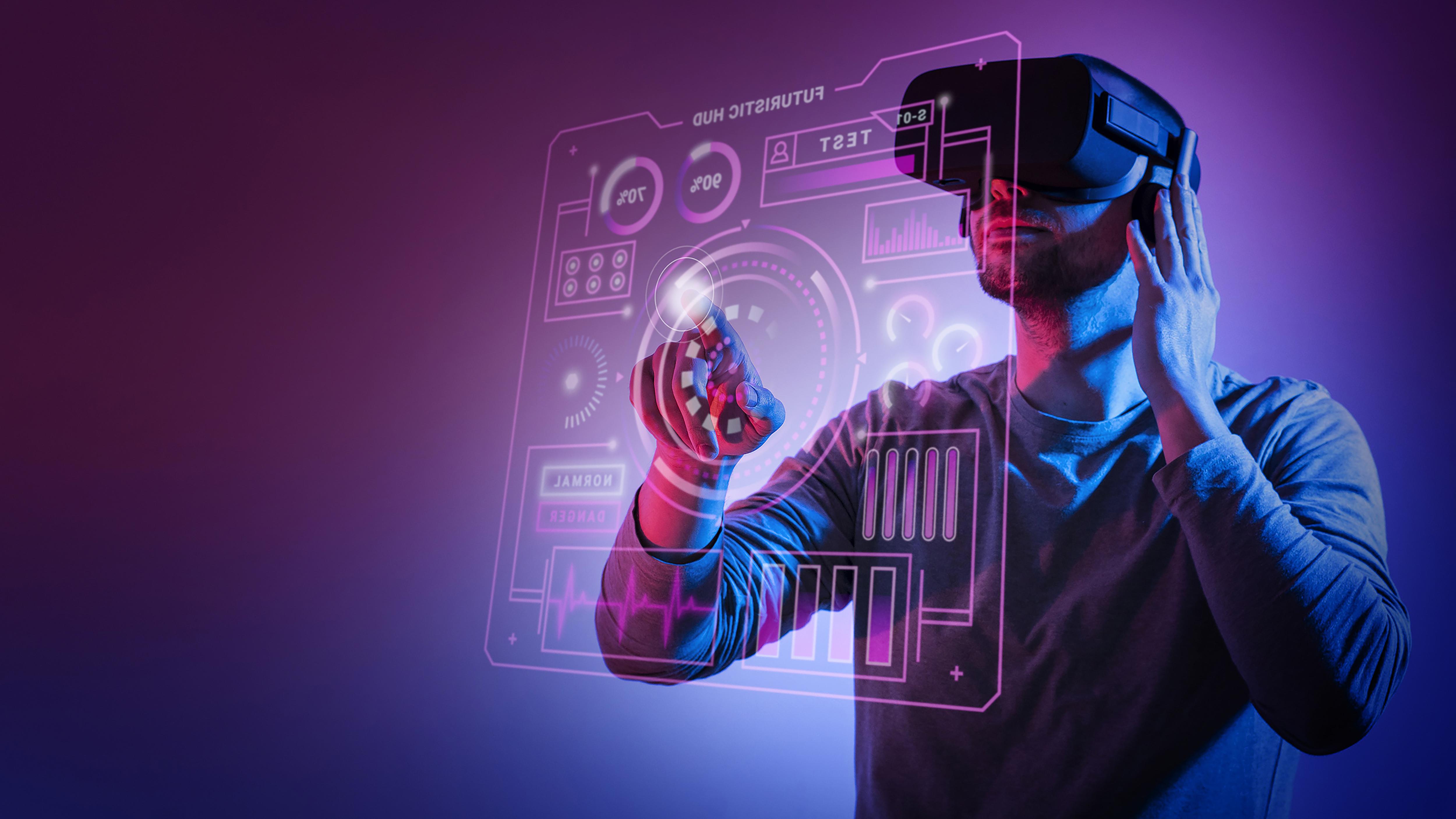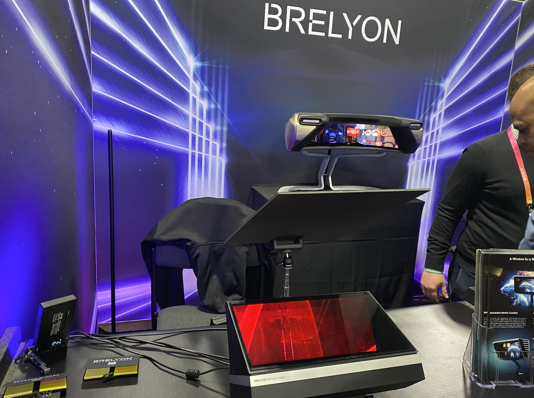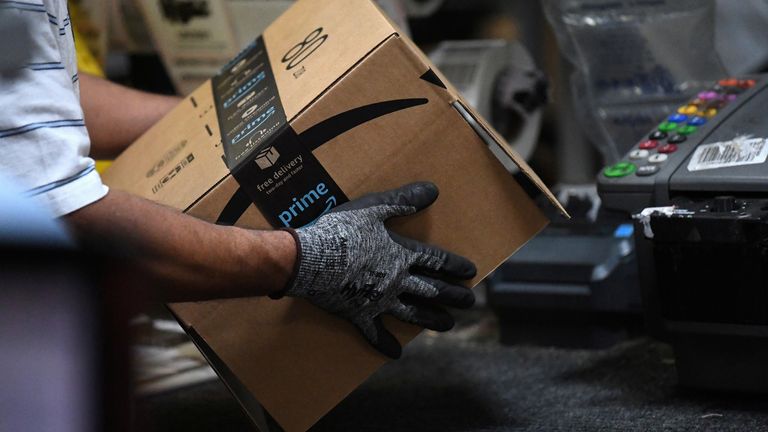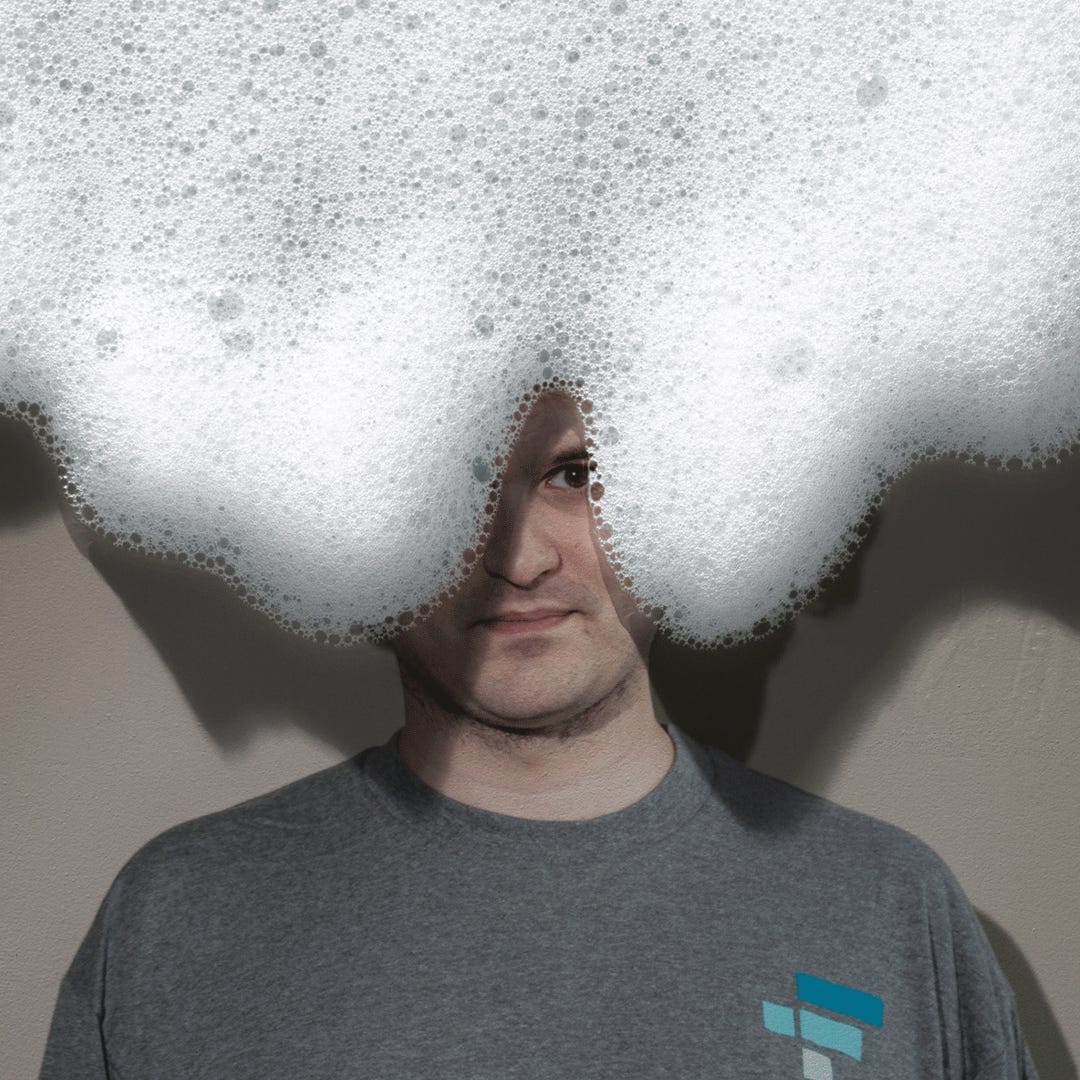Machine learning in the digital age

Machine learning in the digital age
03-01-2023Machine learning in the digital age
Different types of machine learning technology and one engineer’s determination to go outside his technical comfort zone helped save Sandvik division Dormer Pramet from an operational standstill during the pandemic.
 Ondřej Šebesta used different types of machine learning technologies to master the multi-axis press..It was the spring of 2021, and the Czech Republic had just recorded the highest COVID-19 mortality rate in the world. The country was ordered into a strict lockdown, and a nationwide ban was imposed on all nonessential travel.Dormer Pramet’s Šumperk plant had just received a complex new multi-axis press. But to get it running, the operators needed in-person training from the Germany-based dealer. The COVID-19 travel restrictions put a stop to those plans.However, 36-year-old Ondřej Šebesta, who had only just started at the Šumperk plant, took it upon himself to remedy the machine learning problem.
Ondřej Šebesta used different types of machine learning technologies to master the multi-axis press..It was the spring of 2021, and the Czech Republic had just recorded the highest COVID-19 mortality rate in the world. The country was ordered into a strict lockdown, and a nationwide ban was imposed on all nonessential travel.Dormer Pramet’s Šumperk plant had just received a complex new multi-axis press. But to get it running, the operators needed in-person training from the Germany-based dealer. The COVID-19 travel restrictions put a stop to those plans.However, 36-year-old Ondřej Šebesta, who had only just started at the Šumperk plant, took it upon himself to remedy the machine learning problem.Hologram technology
“The press was a big and important investment for us,” Šebesta says. “For every day it was idle, it was costing us lost production.” Šebesta, who works in the R&D department, explained how he approached the IT department to try to find a way to do the training remotely. The IT team suggested using a brand new hologram technology, known as HoloLens 2 (HL2). HL2 essentially projects holograms that respond like real objects when a user “touches” them. Using hand-tracking technology, the user can grasp, move and zoom in and out of the virtual elements. These holograms can be tagged to real-world objects, thereby meshing the real with the digital, creating a true augmented-reality experience. The HL2 feed can also be displayed remotely, allowing others to interact with the user’s virtual reality display, for example, by marking objects and dropping pins and other instructions.
HL2 essentially projects holograms that respond like real objects when a user “touches” them. Using hand-tracking technology, the user can grasp, move and zoom in and out of the virtual elements. These holograms can be tagged to real-world objects, thereby meshing the real with the digital, creating a true augmented-reality experience. The HL2 feed can also be displayed remotely, allowing others to interact with the user’s virtual reality display, for example, by marking objects and dropping pins and other instructions.Using a drone to reset
Šebesta had never encountered HL2 before, but he spent many late nights reading up on the technology. He also spent his free time testing the lenses – so much, in fact, that he began experiencing some of the side-effects of mixing the real and the virtual for too long: headaches, nausea and dizziness. He overcame this by flying his own first-person-perspective drone during his breaks to “reset” his eyes.But before actually manipulating the press, Šebesta had a few HL2 initiation sessions with the supplier and set up a remote PC that allowed the supplier to connect to the machine and take over the controls if necessary.Using remote hologram technology is about as close as you can get to real in-person training. This is something we will continue to invest in in the future.
 Then came calibration day. Here Šebesta’s HL2 training proved doubly invaluable; a tool had been shipped inside the machine that would have caused considerable damage had it not been detected. Equipped with the goggles and connected to the supplier, Šebesta was able to remove it, and after completing the remaining maintenance tasks, was finally able to start the machine.At Dormer Pramet, the pride is palpable.“If it hadn’t been for Ondřej Šebesta the start of the machine operation could have been set back weeks, or even months,” declared Jared Mason, a representative for Dormer Pramet’s global communication department in the United States. “It goes to show how a crisis can push people to break through virtually all preconceived limits of creation and innovation.
Then came calibration day. Here Šebesta’s HL2 training proved doubly invaluable; a tool had been shipped inside the machine that would have caused considerable damage had it not been detected. Equipped with the goggles and connected to the supplier, Šebesta was able to remove it, and after completing the remaining maintenance tasks, was finally able to start the machine.At Dormer Pramet, the pride is palpable.“If it hadn’t been for Ondřej Šebesta the start of the machine operation could have been set back weeks, or even months,” declared Jared Mason, a representative for Dormer Pramet’s global communication department in the United States. “It goes to show how a crisis can push people to break through virtually all preconceived limits of creation and innovation.Latest Post

03-01-2023
Machine learning in the digital age
18-10-2022
Freight News
11-10-2022
Best Business Schools In The World For 2023

 Top 10 Update
Top 10 Update 







